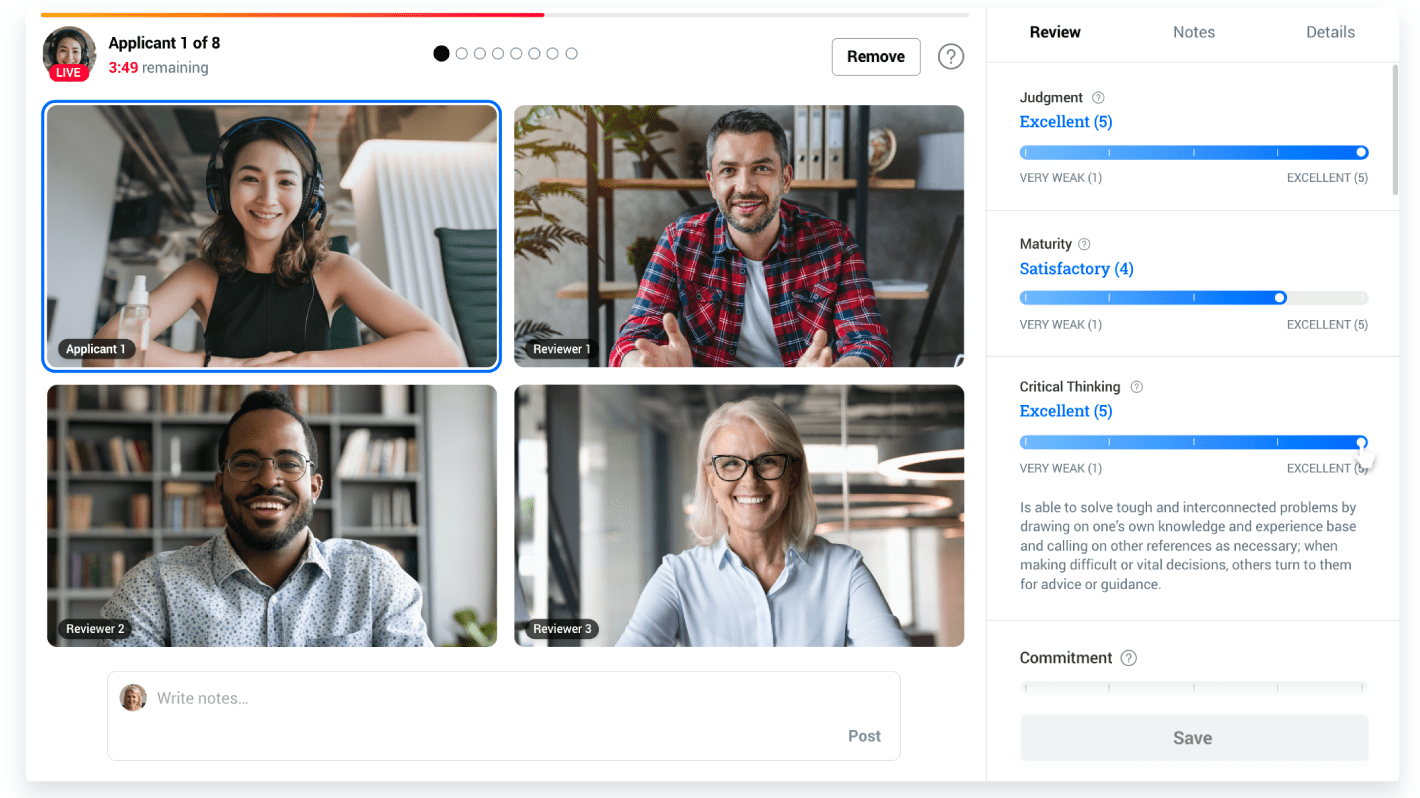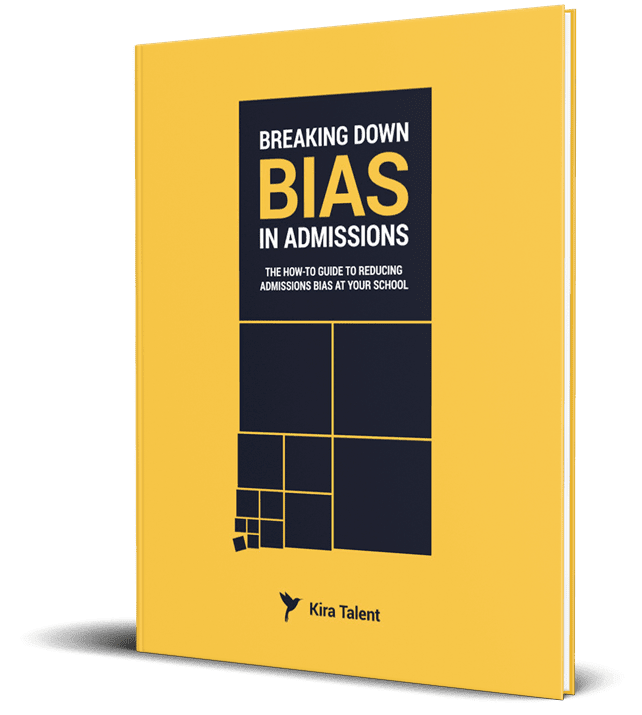For the majority of business programs, competing with a top business school is almost as hard as getting into one. Aspiring MBA students dream of Harvard, Yale, and INSEAD, because of their long-standing histories and distinguished reputations, but in reality they can still get an excellent, career-changing education from hundreds of newer, smaller, or lesser-known schools.
Fit is the number one factor in whether or not a student will be successful in their program and reap the career-advancing benefits of a business degree. But if you're not showcasing the unique offerings of your program, you'll have a difficult time attracting the students who align perfectly with your cohort culture. So how do the top business schools consistently attract and admit the best students year after year?
To help answer this question, we spoke with John Byrne, founder of the popular (and some might say infamous) business school blog, Poets & Quants. According to Byrne, there are five things all business schools can and should be doing to attract and admit great students.
1. Be inherently different than your closest competitors
Many schools are convinced that elaborate marketing schemes are needed to significantly increase recruitment numbers. However, Byrne argues that smart program innovation can drive attention, interest, and attract more applicants. Offering alternatives or supplements to the traditional MBA, such as, shorter programs, distance studies, co-op and internship opportunities, study trips or exchanges, unique course options and learning opportunities, can make your program stand out from the competition.
A few examples:
- Queen’s University Smith School of Business and The Johnson School at Cornell teamed up to offer a 17-month dual Executive MBA which gives graduates a full degree from both institutions. Cornell also has a dual degree partnership with the PBC School of Finance at Tsinghua University in Beijing, offered in both Mandarin and English.
- Chicago Booth School of Business, has a Centre for Entrepreneurship and Innovation that serves as an in-school “venture creation engine” for hands-on entrepreneurial experience.
- Ross School of Business at University of Michigan offers a three-month study trip to Asia as part of their global MBA.
2. Make Your Program's ROI Obvious
Byrne believes schools need to do a better job of showing how their return on investment (ROI) actually compares with competing schools. Often, MBA applicants think they need to go to a top ten school to make the significant jump in salary they need to justify the cost of tuition, but these applicants aren’t looking at the percentage increase, they’re just looking at the final salary number.
“If you look at the return on investment numbers for MBAs, it turns out they're not all that different when you go pretty far down in the pool,” says Byrne. “It turns out that one of the reasons why people out of the top schools make so much when they graduate is because they enter with fairly high salaries to begin with.”
If schools were better at displaying the actual ROI their graduates achieve, this would help convince more on-the-fence applicants of the program’s value.
3. Integrate Alumni into Your Recruiting & Admissions Process
Your alumni can be your greatest untapped resource for increasing both volume and yield of applicants.
“Let's face it, when an applicant or potential applicant meets a successful alum from a school, that's the most positive reinforcement of the school's value proposition that anyone can get and it's very personal,” says Byrne.
Some schools host alumni-applicant networking events, such as happy hour events, guest lectures, or mock classes, which give prospective students an opportunity to meet and talk to program grads.
Alumni can influence program yield as well. Once a student has been admitted and the school is hopeful they’ll accept their offer, having an alumni reach out to congratulate the student and answer any outstanding questions about the school can be very effective.
At Stanford, their admission director makes a personal phone call to every person the School admits.
“That personal touch matters to a lot of people, it really does,” says Byrne.

4. Find High-Potential Applicants through Holistic Review Techniques
Many schools are moving away from a reliance on GPA and GMAT scores to select their classes. The problem with GMAT, Byrne points out, is that it measures IQ but misses EQ (Emotional Quotient), which indicates teamworking skills, communication abilities, and leadership potential. While the GMAT is still an important measure for business school students, there needs to be more emphasis on the whole student. Byrne suggests schools ask, “What has been achieved by the person so far? What are they doing that suggests leadership potential?”
Ultimately, people are getting their MBAs to get better jobs, advance their careers, and perform better. To have a more successful cohort, you need more employable, high-potential candidates. Interviews are excellent accessories in deeming who these students will be.
“You can tell an awful lot by a spontaneous video question - how it's answered and how the person shows up, how articulate they are, how they're dressed. It's amazing how much you can tell.”
5. Secure Top Students with Early Decision Rounds

Offering ‘early acceptance’ or ‘early entry’ opportunities are another great way to convert high-potential applicants into students, and many schools are not taking advantage of this. Not only does an early acceptance round help you predict class size earlier, it always gives you an opportunity to secure your best applicants sooner, before they get poached by another school.
“Making people feel special counts for a lot, in everything in life,” says Byrne, describing opportunities such as offering honours seminars, scholarships, and pre-orientation opportunities to help make the transition easier. “It's a big deal and I think that would increase yield for a lot of schools.”
 About John Byrne:
About John Byrne:
John Byrne has over 30 years of experience in business and admissions. He was the editor-in-chief, first at Fast Company magazine and then at Bloomberg Businessweek before he started operating Poets & Quants.
Watch or read the full interview with John Byrne:



